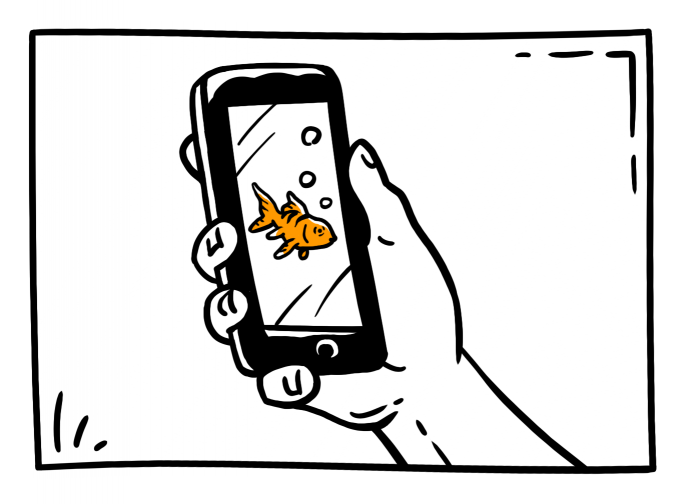Listen up and pay attention. Please!
Like most people I spend far too much time using my smartphone and not enough time actually paying attention to what I’m supposed to be doing. Whether at the bus stop, out for dinner with friends or even half way through writing a blog, it seems I can barely go 5 minutes these days without picking the damn thing up! ‘Smartphone gawping’ really has become one of those annoying habits that we as human beings just can’t seem to shake.
Next time you’re on the tube, the train or even sat in a pub, have a glance around you and do a quick count-up of just how many people are staring mindlessly into their smartphones. I bet such will be the proportion that it will likely be far quicker to count those who aren’t actually using their devices compared with those who are. I think it’s now even deemed as socially improper if you’re seen out in public – either on your own or with friends – and NOT to be using your smartphone. What nonsense!
But it’s not just these pocket devices to which we owe our sharp decline down the attention-span championship tables. Our smartphones are merely the gateways that provide us with the precious 24/7 access to the online activities that we so anxiously crave. Creations such as Twitter, Snapchat, WhatsApp, YouTube and even God forbid Candy Crush are all doing their very best to drain us of our attention spans, our insightfulness and even our imaginations. In fact, according to Social Times reading attention spans have reduced from 12 minutes to just 5 minutes in the last 10 years, thanks in most part to the rise in popularity of Social Media during those years.
The trend then is clear; we are now living in an age of very short attention spans where people are trying to do far too much in not enough time. As a result people now find it much harder to consume media, unless it is original, engaging and quick! The Statistic Brain Research Institute states that the average person’s attention span is now just 7 seconds long – that’s less than a goldfish! This means that you have around 6 to 7 seconds to grab your audience’s attention and retain it for long enough to encourage an action there and then.
So as marketeers, training consultants and even communication pros we are constantly in search of new and better ways to stand out from the crowd and truly connect with our audiences. But as most of us know, because of this constant stream of new and confusing clamour and these forever shrinking attention spans, writing messages that are both clear and concise is by no means easy!
Being experts in simplification, we deemed it our duty to share some of our own ideas for best practice when it comes to creating content for today’s army of goldfish.

1. Listicles
Much like how I’m doing it here, listicles display text and images in a fun, easily digested numerical list. So if you’re aiming to summarise some long, dry or complex information quickly and concisely, a listicle could be the way to go. The website Buzzfeed.com is the absolute master of this format.
2. Video
Mobile data users now spend approximately 55% of their time watching videos. And we know just how much time we spend on smartphone screens. Therefore using a short, well-designed educational video of around 1 to 3 minutes that is compatible with mobile can allow you to hook your audience and encourage them to stay.
3. Q&As
Harnessing the gravitas of an influential person can be powerful for your message. Much the same as personal narratives, interviews with people of note from your field can raise awareness and enhance your credibility. The change of perspective from interviewer to interviewee also provides natural breaks in the content, making it much easier for your audience to consume the details.
4. Blogging
With so many avenues through which to publish your own content completely free-of-charge now, blogging should almost be a prerequisite for any aspiring content creator. Be sure to blog about relevant, interesting subjects and do so in an original and thought-provoking manner. Then use your social capital to give it maximum exposure!
5. Storytelling
Lastly, never underestimate the power of a narrative. A message or argument is far more compelling if it’s backed up with a well-told anecdote or interesting story – it adds context and enhances integrity. Stories captivate, enchant and educate, so be sure to underpin your content with them wherever possible.
Thanks for paying attention. Now you can get back to your mobile.
(Pete)
